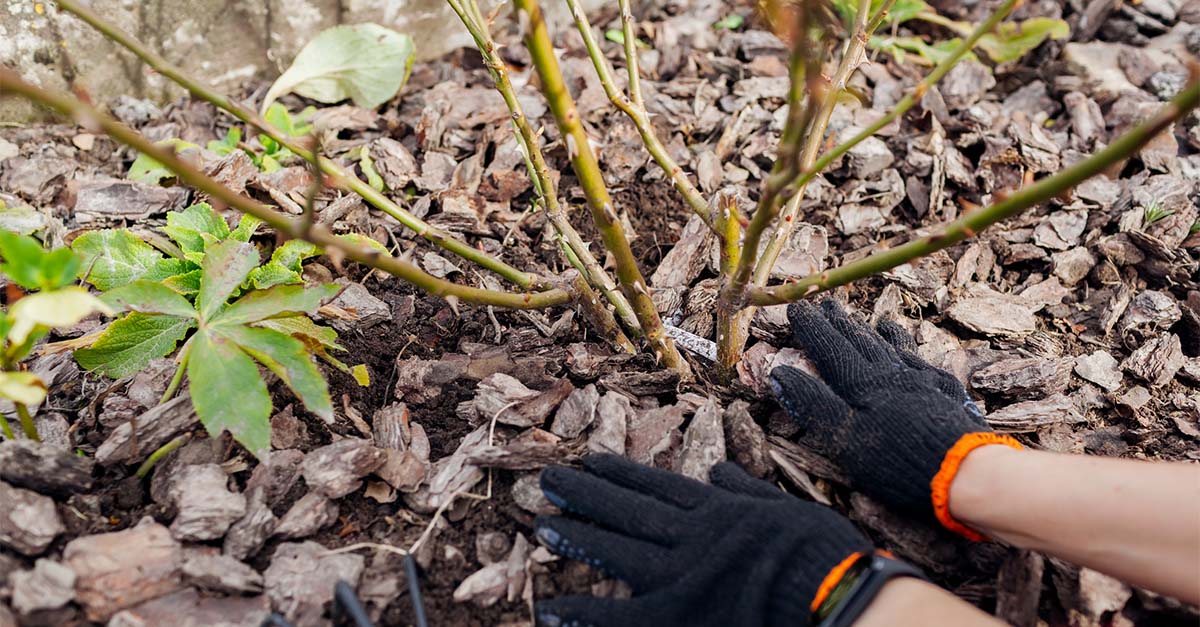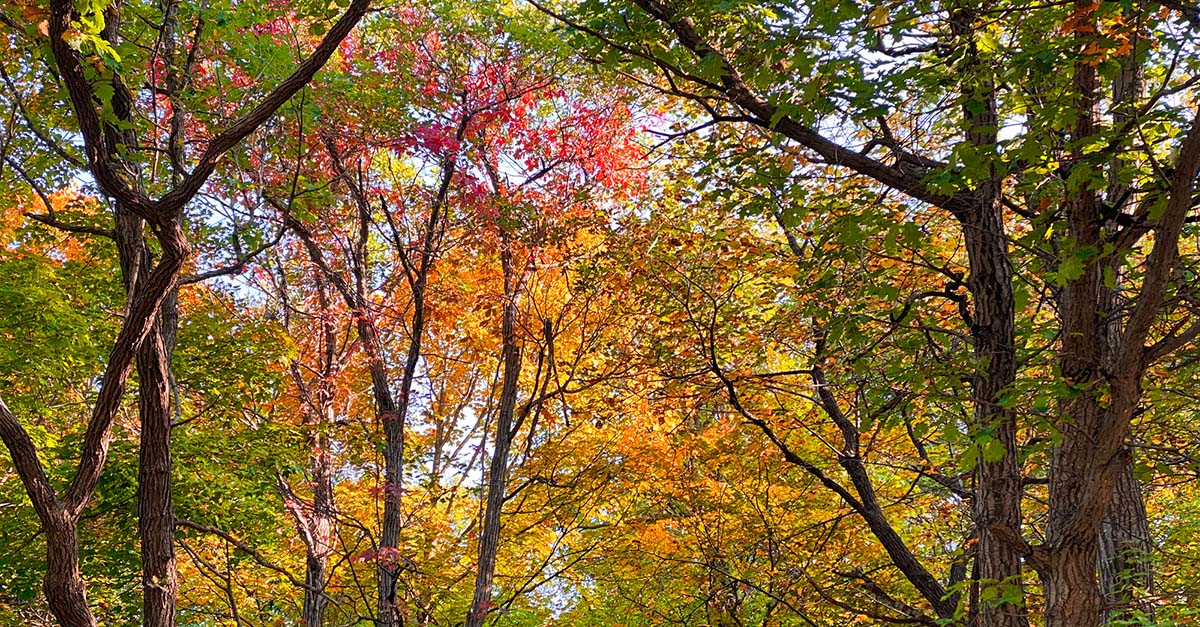Be a Georgia Tree Know It All – Canadian Hemlock
Get to know Georgia’s beautiful array of trees and how you can take care of your own! Each month, we feature some of the most popular trees in the state, including the Devilwood tree, Butternut, and Two-Winged Silverbell tree. This month, we’re showcasing the Canadian Hemlock (Tsuga Canadensis). This is a tree the Arbor Day Foundation describes as “handsome and graceful,” and we couldn’t agree more!
Characteristics
This evergreen is a good addition to your landscape in groups or to provide privacy when planted two feet apart to form a hedge. Also known as the Eastern Hemlock, this medium sized tree was traditionally used by Native Americans to brew a tea high in vitamin C, then first cultivated by European gardeners around 1736. It typically grows between 40 to 70 feet at a rate of 12-24 inches per year. Mature trees reach an average spread of 25 to 35 feet, but these evergreens vary in height — the tallest reaching 100 feet!
Canadian Hemlocks can be trimmed and shaped to any formation or height, but naturally grow in a pyramid-like Christmas tree shape. The forest green needles are soft and feathery, and the small brown seed cones are 1/2 to 1 inch long, hanging like ornaments from the boughs. The trees serve as a perfect habitat for deer, songbirds, and species of warblers who use them for nesting.
Growing Conditions
The Canadian Hemlock survives in various conditions, growing well in hardiness Zones 3-8 (Atlanta, GA is in Zone 7). This tree is relatively robust, but it’s intolerant to pollution, so plant it away from any street traffic.
In general, this stately tree prefers moist, well-drained acidic soil, but will tolerate alkaline sod. It is not resilient in drought conditions, wind, or soggy soil, however; so be sure to protect it from flooding, heavy wind, and provide extra watering in dry seasons.
Once established, seedlings will overshadow invasive pioneer species and become dominant.
Tree Care
It’s best to place these stately trees in a site with a mix of shade and sun exposure. A healthy tree needs at least six to eight hours of direct sunlight every day.
Thanks to its robust structure, however, the tree requires little to no pruning. With the right amount of sunlight, properly drained soil and protection from pests, its durability allows it to live up to 300 years and in some cases could even live up to 800 years.
Signs of Distress
Sun scorch is possible when temperatures climb above 95 degrees Fahrenheit, or if your tree suffers too much harsh sun exposure. Winter burn is also possible after strong, bitterly cold winds or ice storms.
When it comes to intruder infestations, spider mites can be a major potential threat. Look for bleached-out or discolored needles, and treat with horticultural oil or insecticidal soap. A tree expert can help with these destructive mites, as well as bagworms, needle blight, and hemlock scale — all which may impact your Canadian Hemlock.
In overly wet environments, root rot can also be a common problem. Slowed growth is a major symptom, as well as discolored needles and branch dieback. Once infected, many evergreens die from this condition, but a tree specialist may advise on antifungal treatment or soil transplants. To prevent root rot, be careful not to overwater, and provide ample drainage when planting.
Contact Us
To give your Canadian Hemlock (or any of your other trees) the life they deserve, call Premier Tree Solutions at 404.252.6448 or visit our website to schedule regular maintenance.







